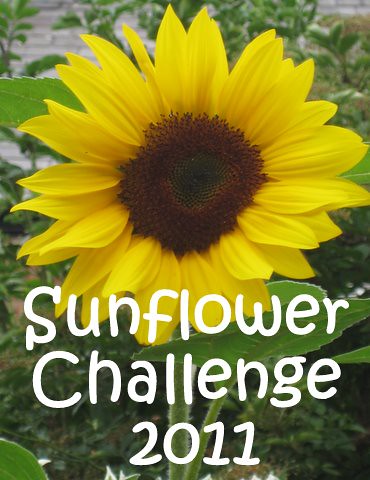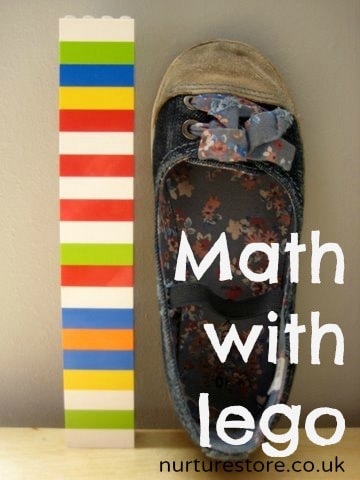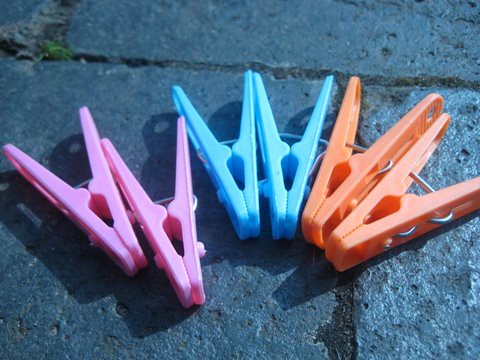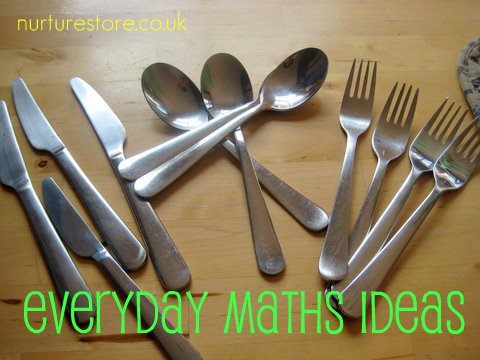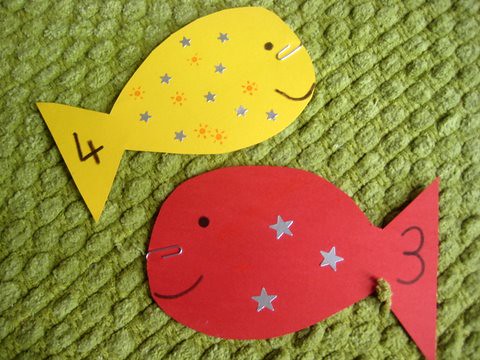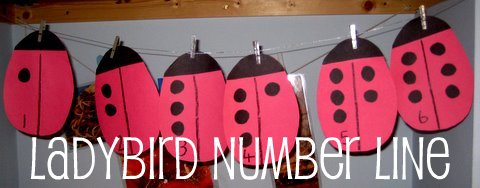Today’s the Day!
If you’ve been growing sunflowers with us as part of the Compton Hospice Sunflower Challenge you need to measure your sunflowers today. There are fabulous prizes on offer for the tallest bloom, so measure up and contact Compton with your vital statistics.
Our tallest is currently 1m 65cm. They got up to 2m 47cm last year, so there’s plenty more growing to be done. How tall are yours?
Sunflower Festival
If you’ve been enjoying growing sunflowers (whether you’re joining in the official challenge or not) and have a sunflower-themed play idea to share with us – we would love to see them. Please add a link to the Linky at the end of this post. We’ve shared some ideas for art, science and math in our Sunflower Activities ebook, and here’s one more idea for sunflower fun.


